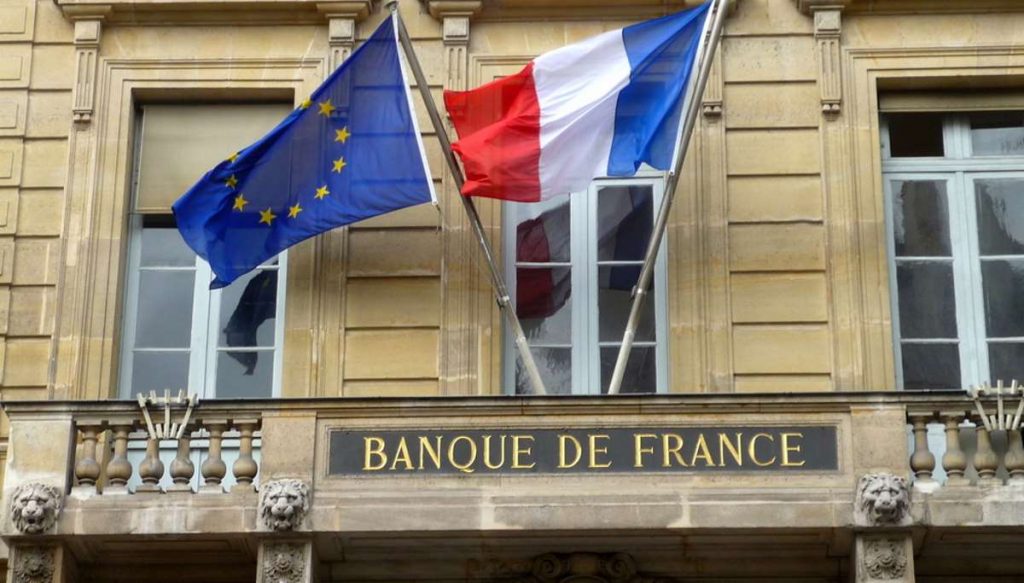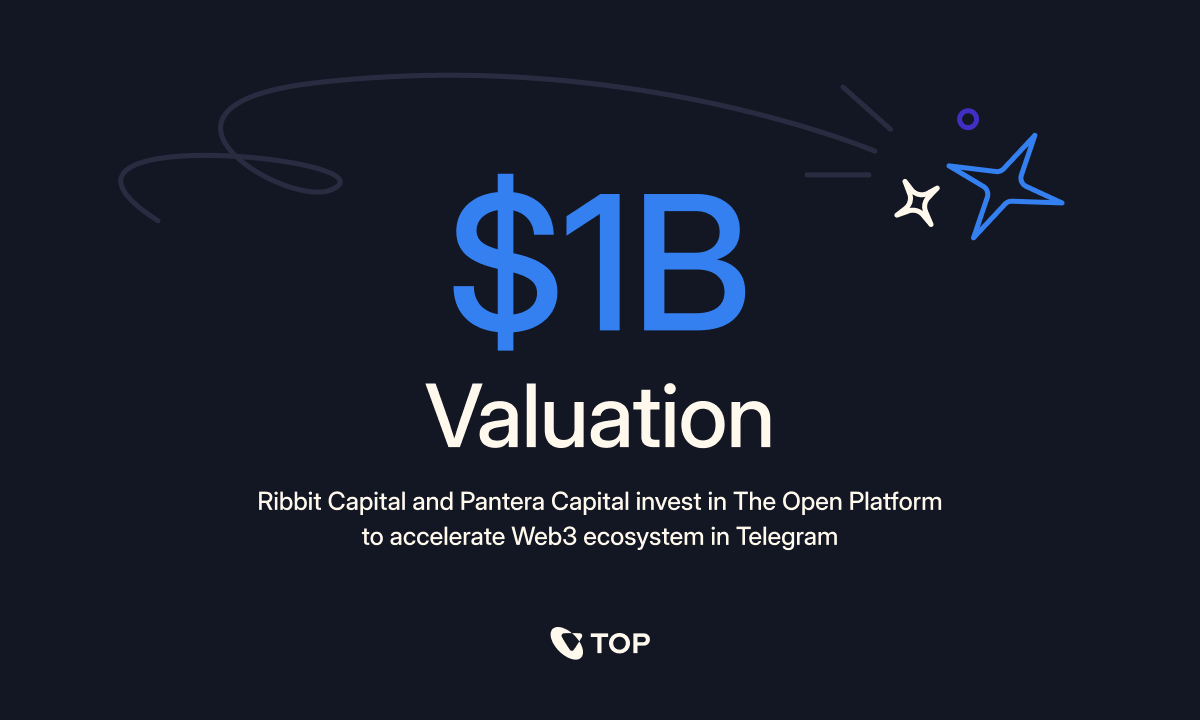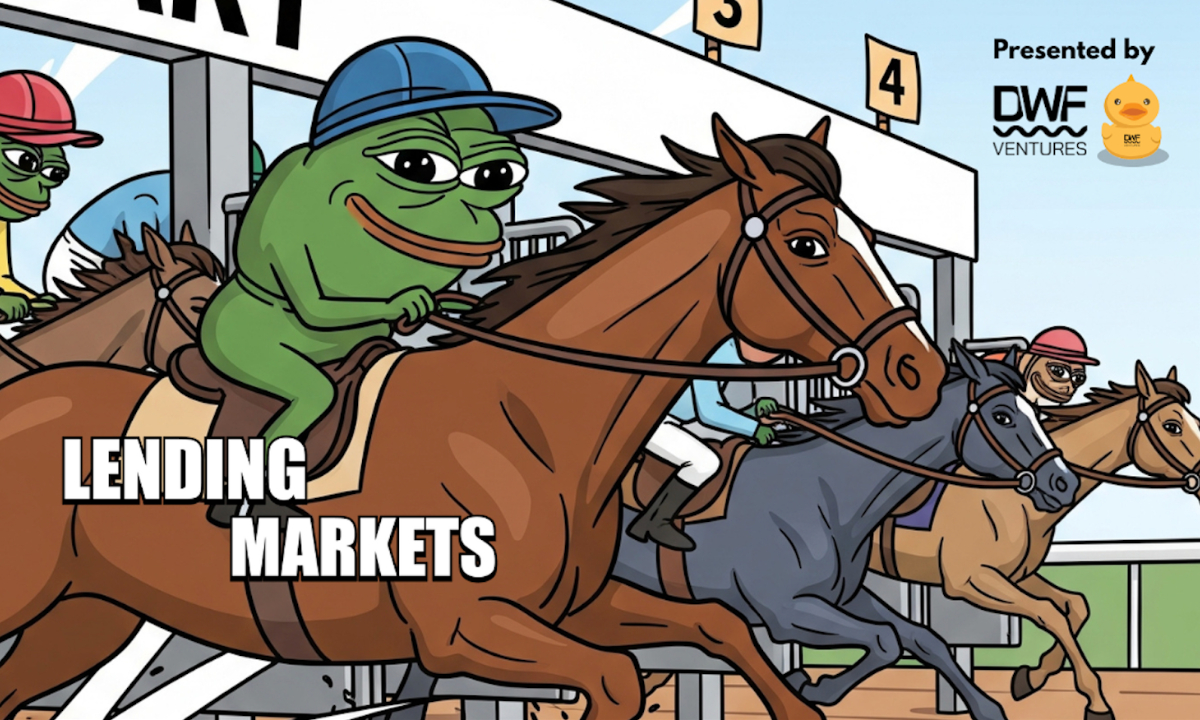
France’s CBDC Could Be In Operate In 2023!
By 2023, the French central bank aims to have a Central Bank Digital Currency (CBDC) in operation. This goal was stated by Bank of France Governor François Villeroy de Galhau in a speech delivered today at the 2022 Paris Europlace International Financial Forum.
He stated that the wholesale CBDC will be tested using a “viable prototype” by the French central bank in 2022. By 2023, when the bank would put in place a European pilot system, the asset might then be utilized in settlements.
“We want to get closer to a viable prototype, testing it in practice with more private actors and more foreign central banks in the second half of 2022 and in 2023,” he stated, “this work ensures that we stand ready to bring central bank money as a settlement asset as early as 2023.”
In his remarks, Villeroy de Galhau took care to distinguish between wholesale and retail CBDCs.
A retail CBDC is a type of digital currency that is distributed to the general population for everyday usage, much like cash. However, only financial institutions that have reserve deposits with a central bank use wholesale CBDCs.
Retail CBDCs have been the subject of “public excitement and private questions,” as well as “doubts… even fears, among commercial banks,” according to Villeroy de Galhau.
Wholesale CBDCs, in comparison, have been less divisive and have given institutions more time to experiment.

The Bank of France has highlighted two “critical use cases” for wholesale CBDCs: the strengthening of cross-border and cross-currency settlements and the tokenization of assets. Both procedures are anticipated to be streamlined by CBDCs.
The central bank has also created two “key innovative assets” as a result of experiments. The first is a blockchain with permissions that uses a proprietary DLT. In contrast, permissionless public blockchains like those used by Bitcoin and Ethereum are accessible.
The second invention is an automated market maker (AMM) that is directly “inspired from the DeFi markets,” in Galhau’s own words. The AMM is anticipated to provide central banks with a platform to settle transactions among various CBDCs.
“The eurosystem should entrust banks with the distribution of digital euros to final users, while setting technical, functional and commercial rules – for example, the branding, logo and fee structure,” Galhau said.
“In particular, I believe that the eurosystem should not have the role of managing digital euro holdings: The Banque de France closed its last private customer accounts over 20 years ago, and does not intend to reopen any,” Galhau added.
DISCLAIMER: The Information on this website is provided as general market commentary and does not constitute investment advice. We encourage you to do your own research before investing.
Join CoinCu Telegram to keep track of news: https://t.me/coincunews
Follow CoinCu Youtube Channel | Follow CoinCu Facebook page
Hazel
CoinCu News
france france























